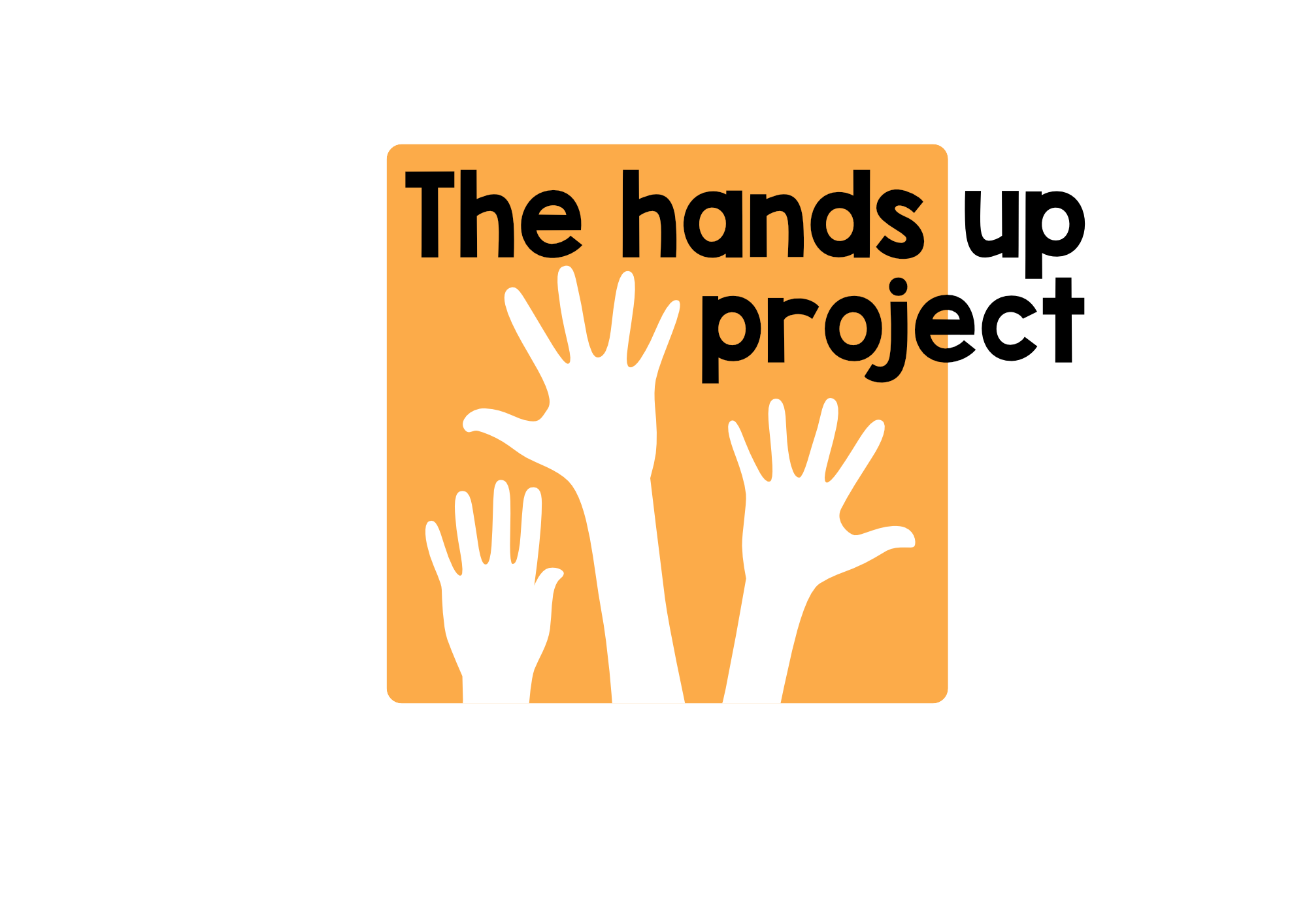Here's your chants!
Long ago in ancient Persia, a wise old King received a present of three china dolls. The dolls were beautifully crafted and appeared identical in every way, but the teacher who had presented them to the king assured him that they were not.
‘My challenge to you,’ he said, “is to work out how they are different.”
The king enjoyed a challenge and he lifted them up to the light, inspected them, measured them, weighed them and even smelt them, but, as hard as he tried, he could not find any differences. As quick as a flash, the teacher pulled out a hair from the King’s beard and started pushing it into the left ear of the first doll. The hair disappeared but then began to come out of the right ear.
Look!’ said the teacher. “Just like our students when we don’t teach them in motivating ways. It goes in one ear and out of the other!”
Suddenly the teacher pulled out another hair from the King’s beard and started pushing it into the left ear of the second doll. This time the hair just disappeared inside the dolls head.
So” said the teacher. “This is like our students when we manage to engage them and motivate them. They absorb everything that they are told.”
Before the King could stop him, the teacher had pulled out another hair from his beard and was pushing this one into the left ear of the third doll. This time the hair disappeared for a while before coming out of the doll’s mouth. And there was a change; the hair had been straight when it went in but now it was curly.
“This,” said the teacher, “Is what happens when what we are doing as teachers is really working. The students learn what we teach them, and then it comes out of their own mouths, but in their own personalised way”
I can't remember where I first heard this story but I included this version of it in the introduction to the Stories Alive material, and its central message about the power of personalisation in learning has always resonated with me.
I wasn't really thinking about personalisation though when I wrote the chants for Stories Alive. In fact I saw them more as quite a controlled activity which would enable learners to internalise certain high frequency chunks of language, as well as to practise connected speech and the rhythm of English. What I hadn't bargained for was the way that learners in Palestine would take hold of them and perform them in their own personalised way, even turning them into songs.
As far as I know, it was Sahar Tawfeeq who started all this by giving out one of the chants to her class and then organising a competition to see which group of students could come up with the best interpretation of it; an inspirational idea. Since then I've seen so many different creative versions of the chants that I've almost forgotten that it was me who wrote them. I love how nine year old Razan performs this one for instance, as if it's the closing number of a musical. She sings the line, 'I'm not going to do as I'm told' so that you really believe that she isn't ever going to do as she is told again. :-)
And I love how this one goes from two soloists to the whole class joining in in chorus. You can really feel the energy in the room. I think it uses the tune of a traditional Arabic song. Is that right?
And these three chants from Farah Sabah and Hala Salah are done in their own beautifully unique and very creative way. Are there any record producers reading this? :-)
